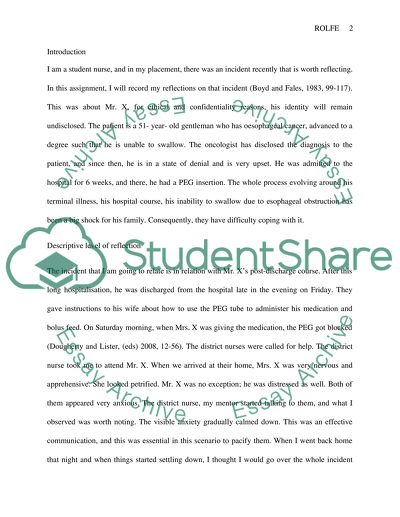Cite this document
(“Levels in Undergraduate Family Nursing Education Personal Statement”, n.d.)
Levels in Undergraduate Family Nursing Education Personal Statement. Retrieved from https://studentshare.org/nursing/1550191-reflective-account-using-rolfe-et-al-model-of-reflection-nursing-essay
Levels in Undergraduate Family Nursing Education Personal Statement. Retrieved from https://studentshare.org/nursing/1550191-reflective-account-using-rolfe-et-al-model-of-reflection-nursing-essay
(Levels in Undergraduate Family Nursing Education Personal Statement)
Levels in Undergraduate Family Nursing Education Personal Statement. https://studentshare.org/nursing/1550191-reflective-account-using-rolfe-et-al-model-of-reflection-nursing-essay.
Levels in Undergraduate Family Nursing Education Personal Statement. https://studentshare.org/nursing/1550191-reflective-account-using-rolfe-et-al-model-of-reflection-nursing-essay.
“Levels in Undergraduate Family Nursing Education Personal Statement”, n.d. https://studentshare.org/nursing/1550191-reflective-account-using-rolfe-et-al-model-of-reflection-nursing-essay.


